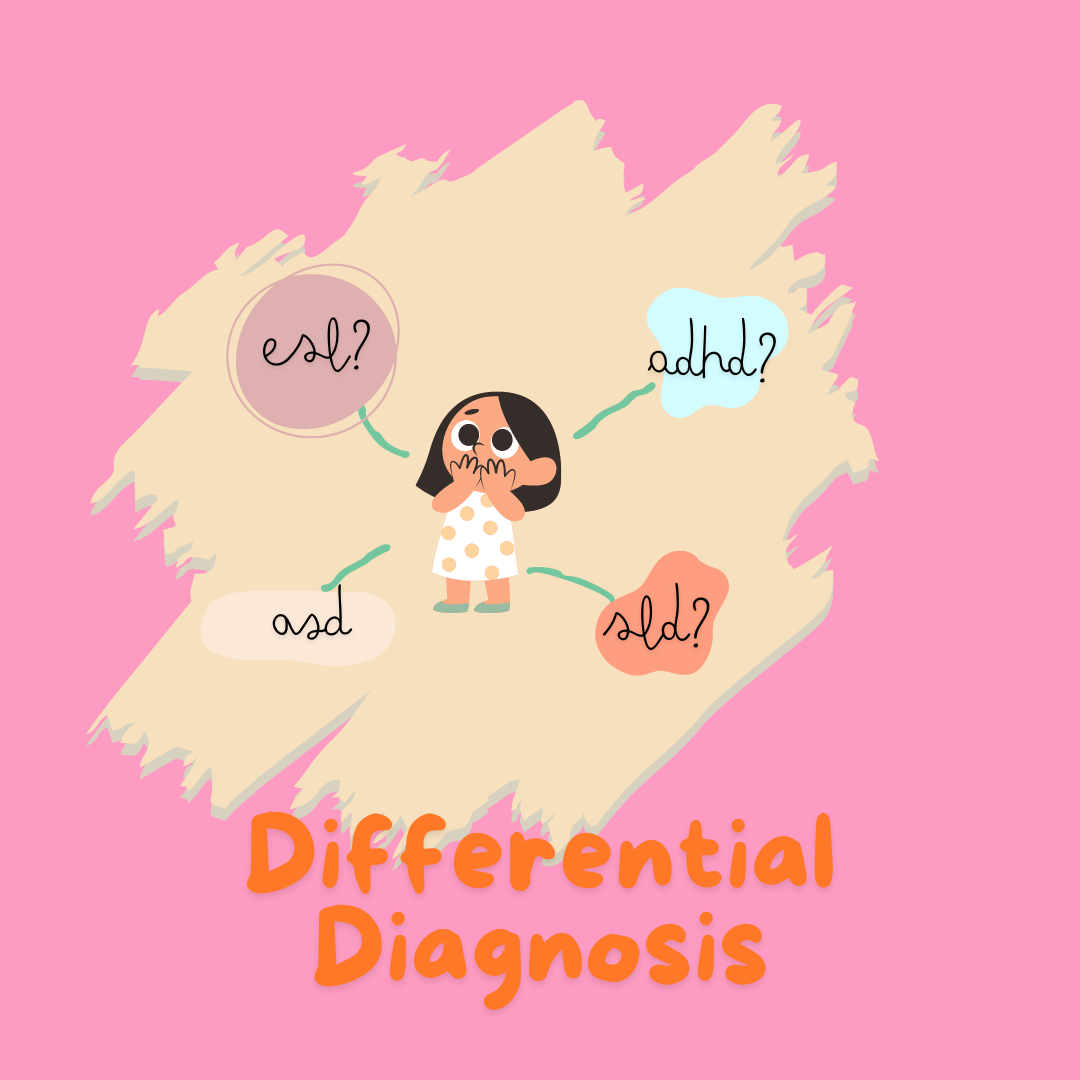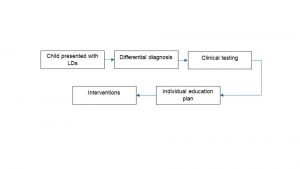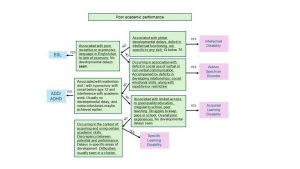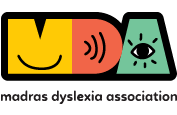
Differential Diagnosis
Understanding SLD
By Harini Mohan COO (Academic Operations), MDA
Accurate and meaningful intervention for students with learning difficulties is a long process that begins with a systematic identification of the conditions that are to be treated for. For students having difficulties in multiple areas, a critical step in designing interventions is a comprehensive analysis and overview of what the possibilities are to aid in the implementation of the right interventional practices. Differential diagnosis is a set of analyses to arrive at a set of diagnoses from a list of possibilities and is often the first step in planning and providing intervention. As an example, differential diagnosis can help identify which students have dyslexia, which students have ADHD, which students have dyscalculia, and the ways in which multiple conditions may co-present. This then helps in providing a clear path for intervention planning, which is critical not only within the school but for parents and remedial therapists working with the students outside the school setting as well.
Differential diagnosis typically utilizes decision trees to arrive at an accurate diagnosis. A decision tree can be best understood as a flowchart, where different conditions are confirmed or eliminated to arrive at an accurate diagnosis. This manner of systematic analysis is key in arriving at the right diagnosis, which is even more crucial when considering the fact that early intervention exponentially improves the efficacy of remedial teaching and learning practices. Moreover, premature diagnoses are avoided using decision trees, and it helps in arriving at a set of conditions that can then be tested in a clinical evaluation, prior to interventional design.
With learning difficulties, conditions also typically present as co-morbidities. A comorbidity is a set of two or more conditions that are likely to appear together. For instance, dyslexia and dyscalculia are often comorbid, and students with either one of those conditions are highly likely to present symptoms of the other as well. Identifying these comorbidities early is important, as different combinations of comorbidities require different interventions. Educators and therapists use the comorbidities that the student presents with along with other information about the student’s background to design an individual education plan to targets the conditions that the students present with to have the best possible intervention.
In summary, differential diagnosis is an important first-step in the educational journey of a child with learning difficulties. It is the beginning of a systematic understanding of the child’s needs and the design of the right interventions to address these needs. The flowchart below illustrates this journey, highlighting the crucial role that differential diagnosis plays in beginning this journey towards well-designed and meaningful educational experiences for students with learning difficulties.

Some features that may be used to suspect dyslexia (or not) by elimination
process:

